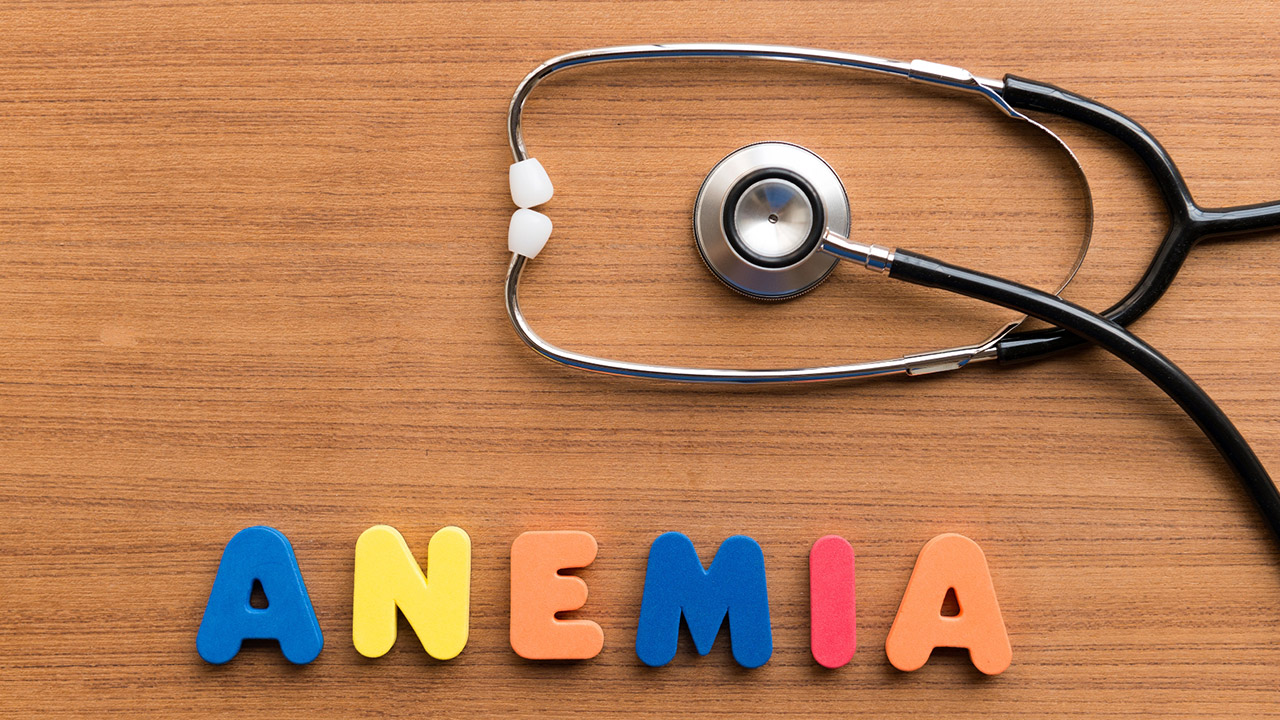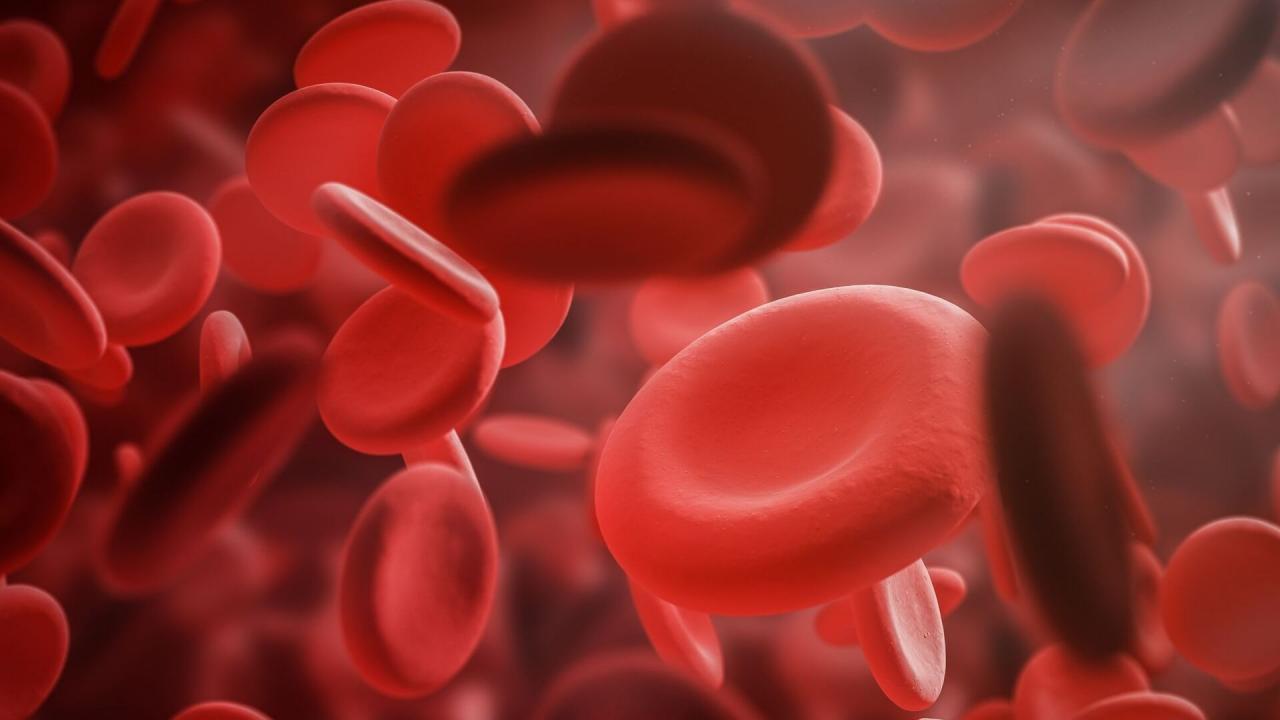As women, most of us have experienced anemia (lower than normal red blood count), along with the associated headaches, fatigue and pale skin that often accompany it. While certainly bothersome, iron deficiency anemia is most often caused by the loss of blood during menstruation and is easily treated simply by replacing the lost iron through iron supplements. There is, however, one type of anemia family that is not quite so easily treated –- hemolytic anemia. Hemolytic anemia is a rare, and unlike iron deficiency anemia, and potentially life threatening, form of anemia.
Our bodies have two main types of blood cells – -white and red. While white blood cells are charged with fighting infection, red blood cells have two primary functions: 1) carrying oxygen throughout the body to vital organs and tissues, and 2) removing waste products, such as carbon dioxide. A normal red blood cell has a lifespan of approximately 120 days. At the end of the 120 day cycle, the red blood cells die off naturally. The bone marrow constantly creates new replacement red blood cells so that the body has a constant supply.
This red blood cell life cycle is interrupted for persons with hemolytic anemia. In hemolytic anemia, the bone marrow is unable to create a new supply of red blood cells fast enough to keep up with the replacement demand from the body. This is because unlike other forms of anemia which are caused by either a blood loss (as in menstruation) or lack of production, the red blood cells in hemolytic anemia are prematurely destroyed due to external factors (diseases, autoimmune disorders, medications), much faster than your body can produce new red blood cells. According to the National Heart Lung and Blood Institute, hemolytic anemia can lead to multiple health problems including “fatigue (tiredness), pain, arrhythmias, an enlarged heart, and heart failure.”
There are numerous causes for hemolytic anemia. Some of the causes are inherited and may require life long treatment. Other forms of hemolytic anemia are acquired and the symptoms often resolve themselves once the underlying cause of the anemia is treated. Depending upon the type and cause of the hemolytic anemia, symptoms can vary greatly from mild to severe enough to cause death.
Inherited forms of hemolytic anemia include:
• Sickle Cell Anemia;
• Thalassemias;
• Hereditary Spherocytosis;
• Hereditary Elliptocytosis (Ovalocytosis);
• Glucose-6-Phosphate Dehydrogenase (G6PD) Deficiency; and
• Pyruvate Kinase Deficiency.
There are several different types of acquired hemolytic anemia including:
• Immune Hemolytic Anemia – There are three types of immune hemolytic anemia: (1) Autoimmune hemolytic anemia (AIHA) (immune system antibodies attack red blood cells); (2) Alloimmune hemolytic anemia (acquired when antibodies created against blood transfusions or if the mother and fetus have a different RH factor during pregnancy); and (3) Drug-induced hemolytic anemia (penicillin, quinine, acetaminophen, anti-inflammatory drugs, anti-malaria drugs, levodopa);
• Mechanical Hemolytic Anemias;
• Paroxysmal Nocturnal Hemoglobinuria; and
• Diseases or substances – malaria, snake venom, blackwater fever;
In treating any form of hemolytic anemia, the underlying cause of the anemia will need to be addressed and treated. Various forms of treatment ranging from lifestyle changes to blood transfusions to stem cell transplants may be recommended depending on the form and severity of your hemolytic anemia. The ultimate goal of any treatment is two-fold: bring the red blood count within normal ranges and stop or slow the existing destruction that is occurring.
Sources:
Anemia, The Mayo Clinic, 19 Mar 2009, http://www.mayoclinic.com/health/anemia/DS00321/DSECTION=causes
What is Hemolytic Anemia?, National Heart Lung and Blood Institute, Feb 2009, http://www.nhlbi.nih.gov/health/dci/Diseases/ha/ha_whatis.html






Add a CommentComments
There are no comments yet. Be the first one and get the conversation started!